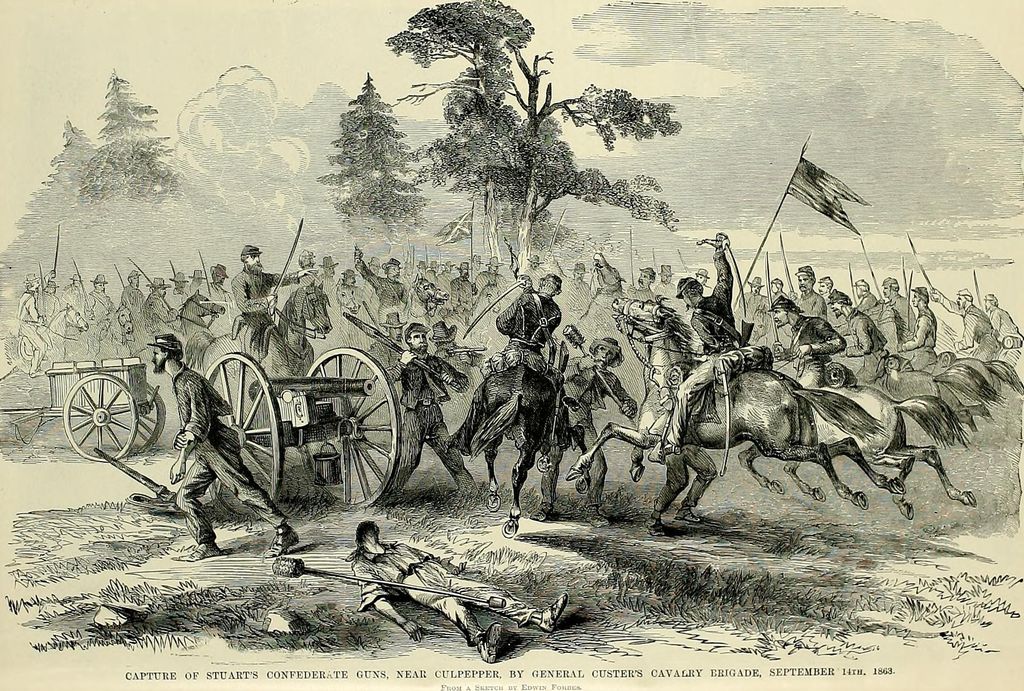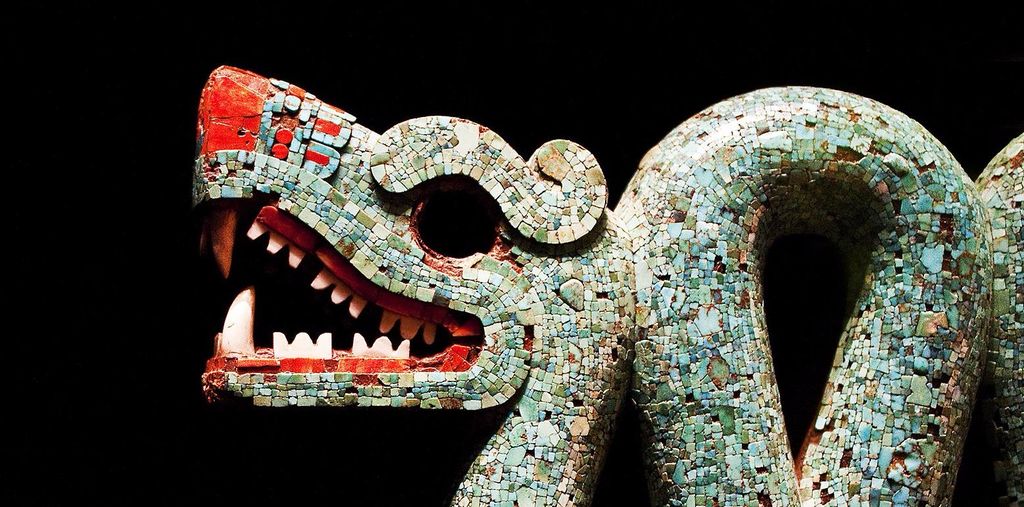The Colosseum, gladiators, Pompeii, Cesar, Augustus, aqueducts, Latin… Even someone with a superficial knowledge of history has come across one or some of these terms, all stemming from the Ancient Roman empire, the legacy of which shines to this day.
The Romans were great builders, conquerors and managers. They developed the rule of law, created long-lasting institutions and infrastructure. They thrived in trade, developed health and medical advances.
This timeline covers the periods and key dates that led to the rise and fall of the Romans, from it’s emergence as a Republic in 509 BC to the splitting of the Western Empire in 476 AD.
👇Scroll down to find out more.
✅ Why this matters today
Learning about the past can provide keys to understanding the present.
- What other powerful civilizations of the past are still influential today through their art, culture, institutions, infrastructure and monuments?
- Are there any powerful civilizations today and at what stage of development are they?
- The Romans, like many other civilizations, eventually went through a period of decline before disappearing. Studying the reasons why can help us make connections to today’s world.
- What could be today’s equivalent to the Chariot races and the Gladiator battles in coliseums?
- The Romans Civilization was deeply hierarchical, even relying on slaves. How hierarchical do you think today’s society is?
📖 The Timeline Format
There are many benefits to using timelines in a learning environment. For social studies and history study in particular, timelines are fantastic to chart events across different eras, providing a linear progression that aids understanding and the retention of information.
Timelines are more than just dates stacked up in a sequential order, they can (or should!) include context, facts, parallels with modern day events, a certain depth of knowledge that enables true understanding.
✍️ Create your own timeline
Head on over to Sutori and create a free account. Start from a blank slate, or use one of our templates.
With Sutori, you can:
🖼️ Easily add videos, images and audios
🔗 Embed any file or web link
📊 Add interactive quizzes and polls for engagement
💬 Develop peer review skills with comments
📽 Bring the timeline to life with “Presentation” mode
↪️ Share the link, export to PDF or embed it into your website
All that is required is an internet connection! Sutori works on all common web browsers (Chrome, Firefox, Safari, Edge). There is a paying and - generous - free version of the tool 😊




